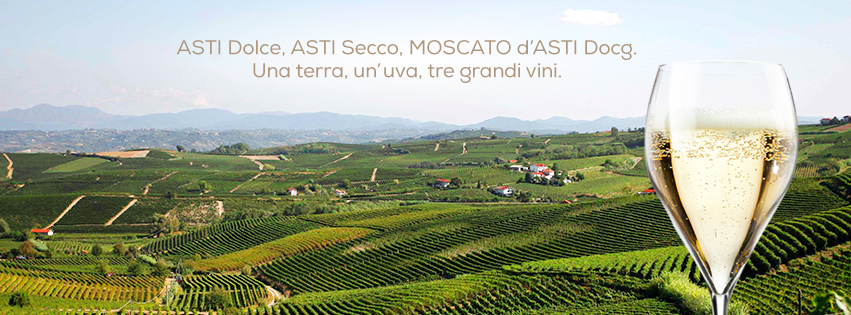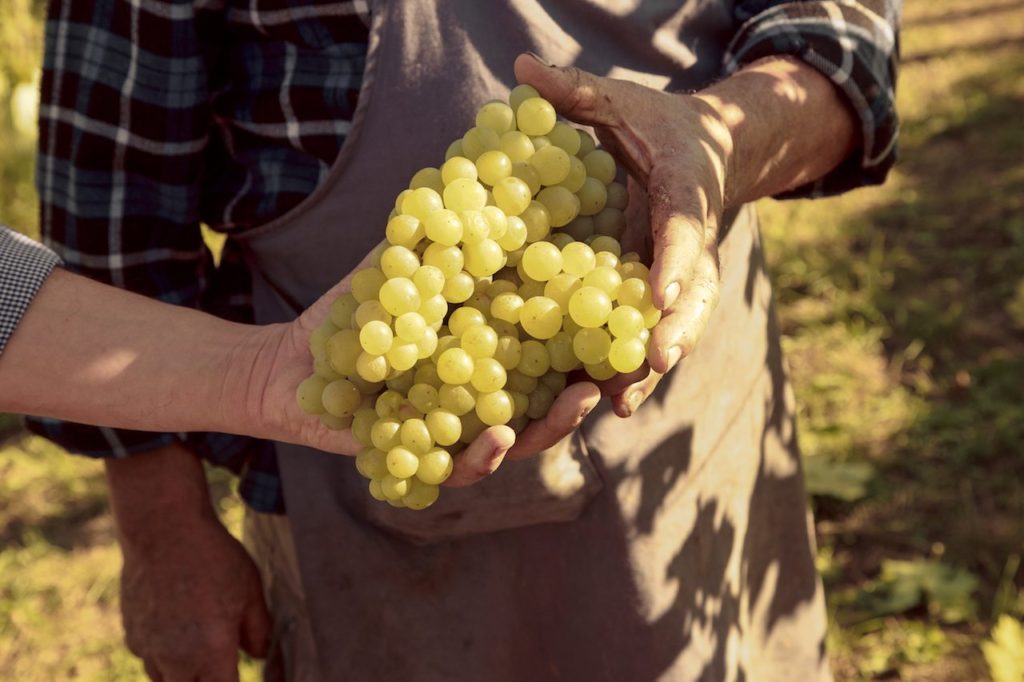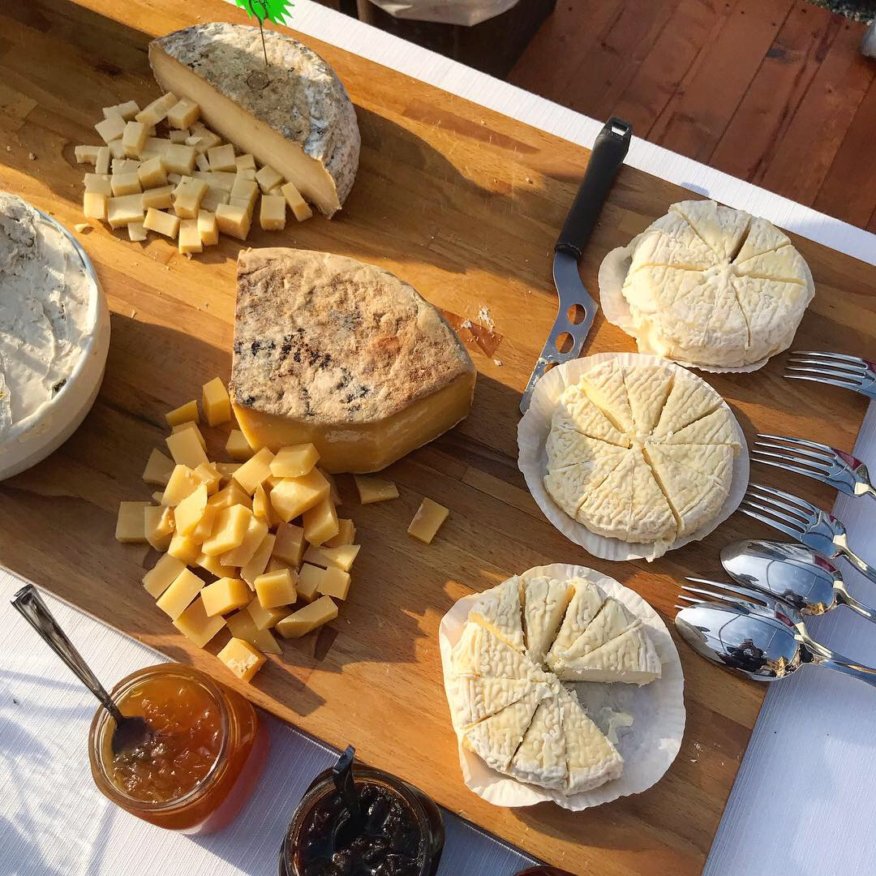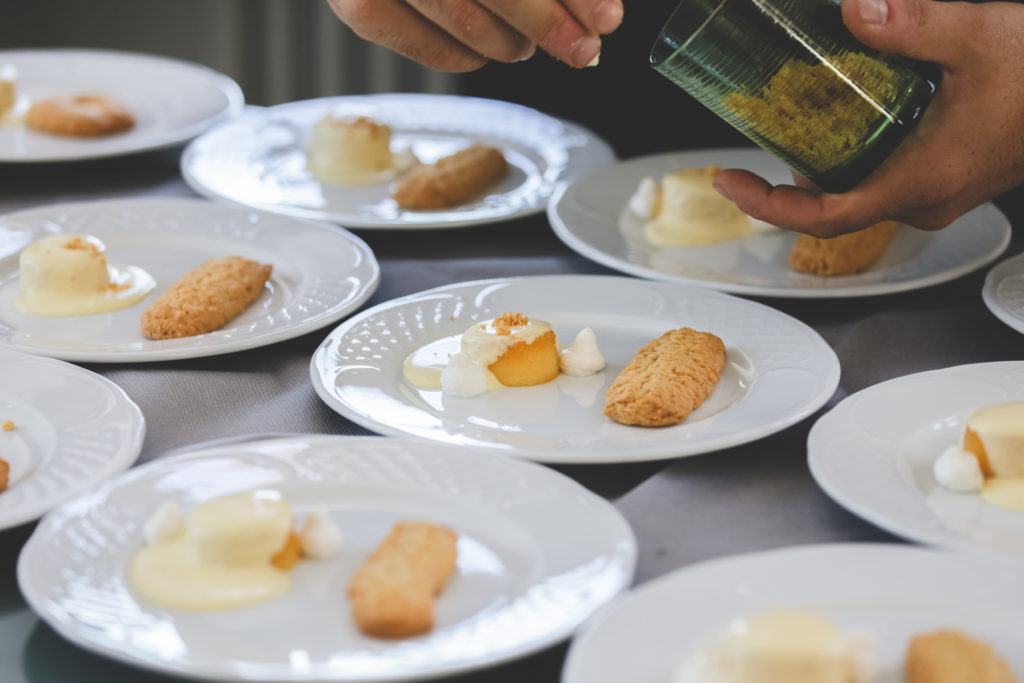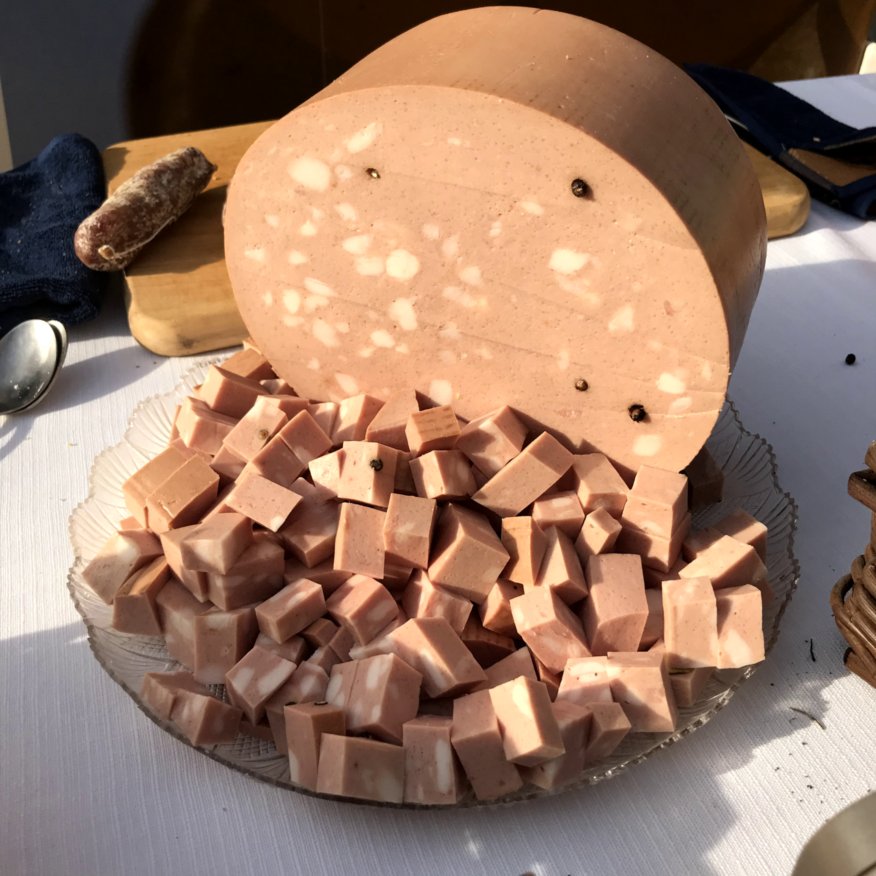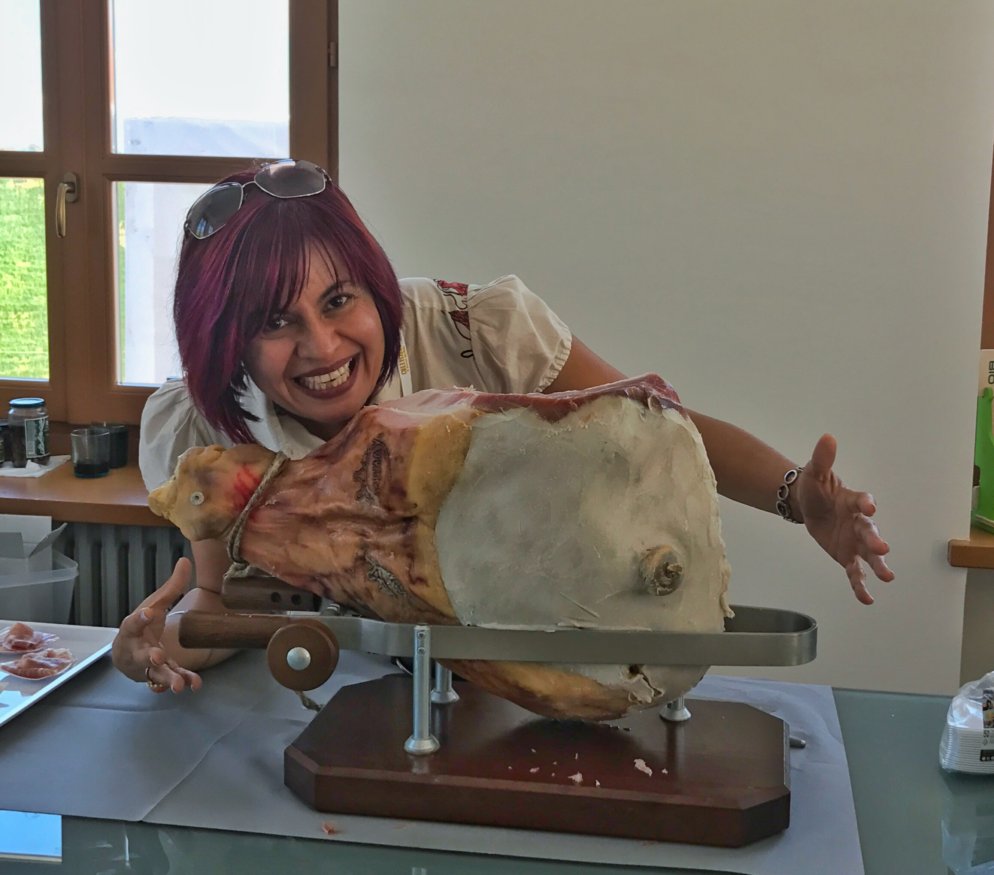Exciting, Enthralling, Elegant, Energetic, no other wine perhaps evokes as much emotion or commands celebrity status like Sparkling Wine. From the 56 million exuberant bubbles give or take a few, that explode the moment you crank the cork, mouth-watering acidity, to the lingering mineral nuances, Sparkling Wine is a timeless state of happiness in a glass, period.
Before we dive into the tantalizing world of bubbles, let talks about how sparkling wine is produced. Broadly speaking, the most popular and commercially viable production methods used to make sparkling wine on a global scale are:
Traditional Method: Also called Methode Championese (label can only state it if the wine comes from Champagne region in France). For the rest of the world its Method Traditional or Method Classic, where grapes are hand picked and pressed in whole bunches very gently to extract juice with minimal phenolics (tannins & color). After a quick and short fermentation in various vessels (stainless steel, cement vats, oak), the base wine is blended to create the assemblage. On a basic level it can include wines from different vineyards and varieties. The three grapes most commonly used are Chardonnay, Pinot Noir, and Pinot Meunier. To add more complexity, parcels of wine that have undergone various vinification techniques such as Malo or oak ageing, and reserve wines from previous years will be incorporated in the assemblage.
To this final assemblage, liqueur de triage, a mixture of sugar, yeast, yeast nutrients, and riddling agents is added and the wine will be bottled and sealed with a crown cap to undergo secondary fermentation (4-6 weeks). The CO2 that forms as alcohol is created can not escape from the closed bottle, thus it dissolves in the wine, creating those tiny revered sparkling bubbles and pressure of 5-6 atmosphere. Followed by lees ageing, riddling, and disgorgement to remove the sediments. At this point dosage or liqueur d’expedition will be added to determine the final sweetness and style – brut, demi sec, extra dry etc, and the bottle will be capped with a cork and secured with a wire muzzle.
Tank Method: Also called Martinotti (Federico Martinotti, the director of the Research Institute for the Wine of Asti, patented the method in 1895) and Charmat (Charmat patented the equipment, in 1910 in France), the tank method is identical to the traditional method until triage. The base wine undergoes secondary fermentation in a tank where liqueur de triage is added to initiate secondary fermentation. Once the desired pressure is achieved, fermentation is halted by chilling the wine, and the wine is bottled under pressure, capped with a cork and sealed with a wire muzzle. The clear advantages of using this method is faster turnout, cost-efficient as it’s less labor intensive, and most importantly it preserves the primary fruit of an aromatic grape such as Sekt made in Germany from Riesling and Prosecco made from the native Glera grape.
A delicate and superior version of the tank method is the Asti Method. Hand harvested, healthy, and perfectly ripe grapes are ever so lightly pressed to 75%. It takes roughly one kilo of Moscato Bianco grapes to produce one bottle of Asti. This fragile must is kept under zero-degree temperatures to maintain its freshness. Here’s the unique part – As Asti is bottled on demand, the wine is only made batch by batch as needed. The partial fermentation takes place in stainless steel tanks, and once the desired amount of alcohol and pressure is achieved, fermentation is halted. The result is a feather-light, highly perfumed, low alcohol wine with a sparkle of 4.5-5 atmosphere bar. Moscato d’Asti is even softer, with a pressure of 2 bar and sweeter than Asti.
Carbonation Method: Carbon dioxide gas is pumped into the desired liquid. Most commonly seen in sodas such as coke and low-quality sparkling wines.
Speaking of sparkling wines, did you know no other country boasts as many sparkling wine appellations as Italy? Over 100 including Italy’s first sparkling wine – Asti, produced in 1865 by oenologist Carlo Gancia.

Before we dive into the mesmerizing world of Asti, first some fun facts of the sparkling side of Piemonte:
- Piedmont’s most planted grape, white and red is Moscato Bianco, not Nebbiolo.
- Moscato d’Asti is Italy’s oldest sparkling wine dating back to 1606.
- As Piemonte’s most celebrated white grape and wine, the Consortium of Moscato d’Asti was formed in 1932, 2 years before Barolo.
- Asti along with Barolo, Barbaresco, and Brunello di Montalcino is the only Italian wine that must be made with 100% Moscato Bianco. EU’s requirement for a varietal labeled wine is 85% only.
- The hallowed grounds for DOCGs Asti & Moscato d’Asti, the provinces of Asti, Cuneo, & Alessandria are also an UNESCO heritage site.
Who is Moscato Bianco? Moscato Bianco, a white grape variety is a member of the Muscat grape family likely, the oldest grape vine known to man.
The most popular of all Moscatos, the superior Moscato Bianco is it’s Italian name, known in the rest of the world as Muscat Blanc À Petits Grains (France) AKA Moscato Canelli AKA Sárgamuskotály (Tokaj) AKA Spain’s Moscatel de Grano Menudo AKA Muskateller ( Germany) AKA Moschato Aspro (Greece) AKA Muscat de Frontignan (South Africa/Australia). Practically speaking, it’s the father of most Moscatos, both white and red, in Italy, including Sicily’s liquid gold made with Zibbio.
Ripe, healthy grapes are the key to high-quality sparkling wine making. Asti’s warm continental climate, plantings in limestone rich soils at the foothills of Alps, warm long days and cool nights, allows their grapes to achieve the natural balance of sugar, acidity, and finesse, while developing Moscato’s musky aromas.
Moscato Bianco’s thin skin can be a blessing (noble rot) or curse (black rot). Planted at elevations between 650 – 1300 feet, at even steeper slopes than Nebbiolo, Asti vineyards are blessed with plenty of sunshine and cool breezes for producing healthy grapes with with little or no risk of fungal diseases.
What’s the first thing that pops to mind when you sniff a glass of Moscato? Roses right? Moscato’s haunting aromas is due to the high concentration of terpene compounds geraniol, linalool, and nerol. When I think of Moscato, I envision roses, orange blossoms, ripe stone fruit, candied citrus, white flowers, and honey.
Moscato Bianco’s soul lies in its intoxicating perfume. To maintain these musky aromas, Asti is bottled only by demand. As you wouldn’t puree an exquisite slice of fresh tuna or serve a filet mignon well done, similarly, Moscato Bianco is not vinified the same way as traditional sparkling grapes. Best time to purchase and consume it right after harvest, a delightful prelude to Christmas and the holiday season.
Styles of Moscato Bianco: 1 grape + 1 territory = 3 wines.
- Asti Dolce: is a fully sparkling sweet wine with minimum 6-9.5% abv, pressure of 4.5-5 bar (same as Franciacorta), and sweetness equivalent of ice wines.
- Asti Secco: A dry style we had the pleasure of tasting at their world premiere in 2017 spearheaded by Dr. Ian d’Agata at Collisioni, is also fully sparkling but packing the sweetness level of extra brut or brut Champagne.
- Moscato d’Asti: is frizzante, meaning it’s slightly fizzy with maximum pressure of 2.5 bar, low alcohol content 4.5-6.5% abv, and luscious sweetness.

What to expect from a bottle of Asti? Both Asti and Moscato d’Asti exude peaches, orange blossoms, mind altering aromas (like Piemonte’s other star white truffles), and like fine sparkling wine showcase tiny bubbles and creamy mousse, laced with energetic acid. And the best examples whisper chalky minerality and savory notes that reminds you of the gentle breeze which ushers in whiffs of your mother’s favorite perfume, enveloping you with her warmth and love.
Food Pairings: Italian wine beckons food to unravel it’s maximum potential.
Sleek, sophisticated, and seriously good – Asti Secco strikes the right balance of ripe juicy fruit with charming creamy mousse, and fine bubbles that dance on your palate. Paired with an assortment of savory salumi, rich cheeses, or fried finger food, it’s our definition of I died and woke up in heaven, or in this case the Italian Rivera!
Now while rules dictate sweeter wine for sweet dessert, being the first to break rules, I say chuck the sweet dish and drink your dessert – Asti Dolce or Moscato d’Asti. For the rest of you sweet fiends, think pavlov with summer berries, citrus and almond cake, candied chestnuts (another specialty of Piemonte), and everything in between.
In today’s modern era, where climate change, technology advancements in the vineyard and cellar, better understanding of grape chemistry are our allies, both boutique and high-volume Asti producers are producing ethereally perfumed, high quality wines, while paying utmost respect to their lands and tradition.
Practically most Piemonte producers make Asti or Moscato d’Asti, here are some top estates who specialize in the noble Moscato Bianco: Agriciuvin, Amerio Rocco, Soria Matteo, Terra Bianca Canelli, Cerrino, Beppe Marino, Bera, Bocchino Francesco, Bussi Piero Calosso, Vinchio Vaglio Serra, Bava, Manfredi, Vincola Santero SPA, Cascina Castlet Di Borio Maria, Caudrina Di Romano Dogliotti, Coppe, Cuvage SRL Acqui Terme, Duchessa Lia, F.LLI Gancia, Fabio Perrone, Forteto Della Louja, Ghigha Enrico, Gianni Doglia, Gozellino Sergio, Vignaioli Di Santo Stefano, Michele Chiarlo, Mongioia Di Ricarrdo Bianco, Scagliola Flavio, Scarpa, Tenuta Il Falchetto S. Stefano Belbo, Teresa Soria, Tosti.
An easygoing everyday sparkler, Asti packs a punch far above its price and a perfect drinking age – now. It’s sunshine and spring brimming in a glass, that promises to transport you to your zen place (ours is dancing in the rain without any care in the world). It’s for lazy Sundays and freshly baked pastries. Evenings filled with fizz and friends. It’s to satisfy those sweet cravings at the end of a warm evening.
Asti is fun, lively, fresh. It’s to remind you not to take life too seriously. After all you have only one life to live, why not live it La Dolce Vita – the Italian good life!!
Press & photo credits: I.E.E.M, Asti Consortium, and Collisioni.
